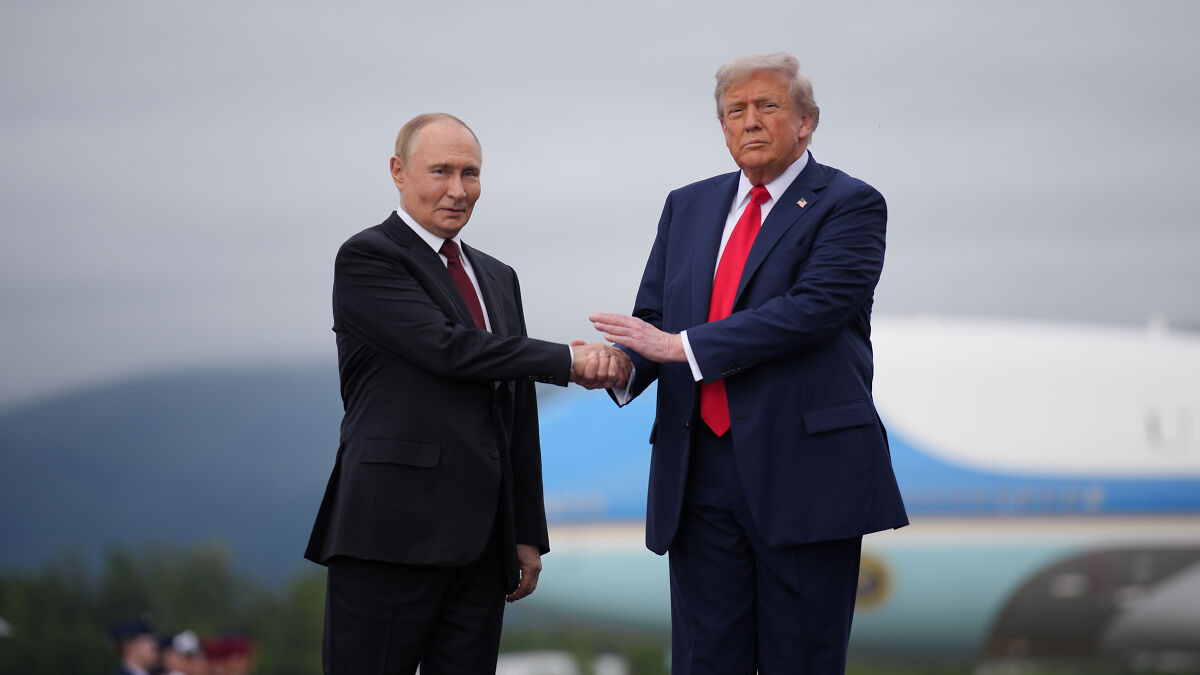
After Trump Explains Why He Won’t Meet Putin In Budapest, Russian Leader Flexes His Nukes
A meeting between U.S. President Donald Trump and his Russian counterpart Vladimir Putin to discuss the war in Ukraine has been put on hold indefinitely, the White House said.
The pair were expected to meet in Hungarian capital Budapest in the coming weeks, but the summit was scrapped, reportedly because Moscow rejected an immediate ceasefire.
- The planned Trump-Putin meeting in Budapest was canceled after Russia rejected an immediate ceasefire in Ukraine.
- Trump said he didn’t want a ‘wasted meeting’ with Putin, and the White House announced indefinite postponement of the summit.
- Russia conducted nuclear drills shortly after the Budapest meeting was scrapped, emphasizing military readiness.
- Reports say Trump urged Zelenskyy to surrender Donbas, but Ukraine refuses to cede territory to Russia.
Speaking to reporters in the Oval Office on Tuesday, Trump said he didn’t want to waste his time with a meeting.
The Budapest meeting was scrapped, then Russia began nuclear drills
Image credits: Andrew Harnik/Getty Images
“I don’t want to have a wasted meeting, I don’t want to have a waste of time, so I’ll see what happens,” he said.
The president’s brief comment came after Secretary of State Marco Rubio had a call with Russian Foreign Minister Sergei Lavrov, intended as preparation for an upcoming meeting.
Following the call, the White House described it as “productive” and announced it was no longer “necessary” to hold a meeting.
The White House also said there were no plans for a presidential meeting in Budapest in the “immediate future.”
“I don’t want to have a wasted meeting. I don’t want to have a wasted time, so I’ll see what happens.” (Trump responding to a question about why the proposed Budapest summit with Putin is cancelled)
pic.twitter.com/IXCEdm6ZV5— Mike Eckel (@Mike_Eckel) October 22, 2025
Then on Wednesday, Russia announced it had carried out military drills involving nuclear weapons, with video footage showing Gen. Valery Gerasimov, head of the General Staff, reporting to Putin on the exercise.
He said that the drills were intended to “practice procedures for authorizing the use of nuclear weapons,” AP reported, and they included practice launches of intercontinental ballistic missiles, as well as long-range cruise missiles and a Sineva intercontinental ballistic missile launched from a submarine.
Putin said those drills had been planned in advance of the Budapest meeting being canceled.
Image credits: Wikimedia Commons
It is understood that during that call with Rubio, Lavrov said that Russia’s position had not changed since Trump and Putin met in Alaska in August.
That meeting failed to yield any concrete results.
The U.S. appears to have canceled the Budapest meeting in the hope of avoiding the same scenario.
In a statement reported by The Independent on Wednesday, the Kremlin responded to Trump’s Oval Office comments.
Earlier, Rubio had a call with Lavrov, intended as preparation for an upcoming meeting
Image credits: Kremlin Press Office/Anadolu via Getty Images
“No one wants to waste time, neither President Trump nor President Putin,” it said. “Preparation is necessary. It takes time.”
Trump’s announcement of the meeting in Budapest came after an unscheduled call with Putin, following reports that the U.S. was considering sending Tomahawk missiles to Ukraine that could strike deep into Russian territory.
Similarly, the Alaska summit came around after a sanctions package on Russia, backed by Senate Republicans, looked like it could be approved.
However, that legislation was put on hold.
There was reportedly a shouting match between Trump and Zelenskyy
Image credits: Win McNamee/Getty Images
Ukrainian President Volodymyr Zelenskyy met with Trump at the White House on Friday, and reports suggested it descended into a shouting match.
Sources familiar with the talks told The Financial Times that Trump repeatedly echoed points made by Putin and urged Zelenskyy to surrender the Donbas region to Russia.
Zelenskyy has repeatedly rejected calls to cede Ukrainian territory to Russia over concerns Moscow could use it to launch a further offensive, and his stance remains unchanged.
Russia currently controls most of the Donbas region in Eastern Ukraine, thought to be 88% in total.
Zelenskyy’s hopes to leave Friday’s talk with a guarantee of Tomahawk missiles were dashed, with the Ukrainian leader linking that decision to Russia’s disinterest to negotiate.
Image credits: Mark Wilson/Getty Images
“Russia is once again doing everything it can to abandon diplomacy,” Zelenskyy said on X Tuesday.
“And as soon as the issue of long-range mobility became a little further away for us – for Ukraine – Russia almost automatically became less interested in diplomacy.
“The greater the Ukrainian long-range capability, the greater the Russian willingness to end the war. These past few weeks have confirmed this once again.”
On Tuesday, several European leaders and Zelenskyy released a joint statement backing a proposal to freeze fighting on the current front lines and start negotiations from there.
Image credits: Andrew Harnik/Getty Images
“We strongly support President Trump’s position that the fighting should stop immediately, and that the current line of contact should be the starting point of negotiations,” the statement read.
“We remain committed to the principle that international borders must not be changed by force.
“Russia’s stalling tactics have shown time and time again that Ukraine is the only party serious about peace. We can all see that Putin continues to choose violence and destruction.”
However, that proposal is opposed by Russia, which has repeatedly rejected the notion of freezing the current lines.
In a statement reported by the BBC, Kremlin spokesperson Dmitry Peskov said the proposal had been broached several times, but “the consistency of Russia’s position doesn’t change.”
Putin does not want an immediate ceasefire in Ukraine
Image credits: Andrew Harnik/Getty Images
Analysts note that Moscow, which sees itself as holding the upper hand on the battlefield, has little incentive to agree to a ceasefire that could allow Ukraine to regroup its forces.
Russia has also signaled that it wants a long-term peace deal that addresses what it sees as the “root causes” of the conflict.
Deputy Foreign Minister Sergei Ryabkov told RIAearlier this year, “A ceasefire without a long-term settlement is the path to a swift resumption of fighting and a resumption of the conflict with even more serious consequences, including consequences for Russian-American relations. We do not want this.
“We need to find a long-term solution, which, in turn, must necessarily include an element of overcoming the root causes of what has been happening in and around Ukraine.”
Image credits: Kostiantyn Liberov/Libkos/Getty Images
The “root causes” Russia speaks of are framed around NATO expansion, the protection of Russian-speaking populations, the alleged “denazification” of Ukraine, and historical claims over Ukrainian territory.
These claims are widely disputed and are viewed by many as pretexts for territorial expansion and geopolitical dominance.
Russia would also risk economic upheaval and ideological bankruptcy if it backed off from the war, according to Ilan Berman, senior vice president of the American Foreign Policy Council.
While Trump had publicly expressed confidence on the campaign trail that he could end the war in a day, his efforts so far have been constrained, and he has admitted it is proving harder than expected.
Image credits: Andrew Harnik/Getty Images
Unlike the Middle East, where he recently helped broker a ceasefire between Israel and Hamas, Trump has little sway over the Russian leader to force his hand.
While Vice President JD Vance said the Gaza ceasefire is “going better than expected” during a visit to Israel this week, there have been outbreaks of violence.
Trump’s approach of relying on direct diplomacy and pressure for an immediate ceasefire has yielded few tangible results, with Moscow continuing to reject meaningful talks.
Without significant military or economic leverage, Washington’s influence over the Kremlin remains limited, leaving Trump’s current peace initiative more symbolic than substantive.



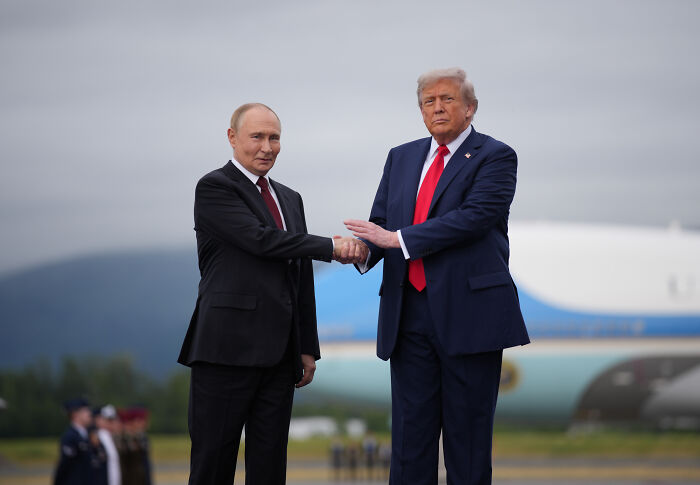
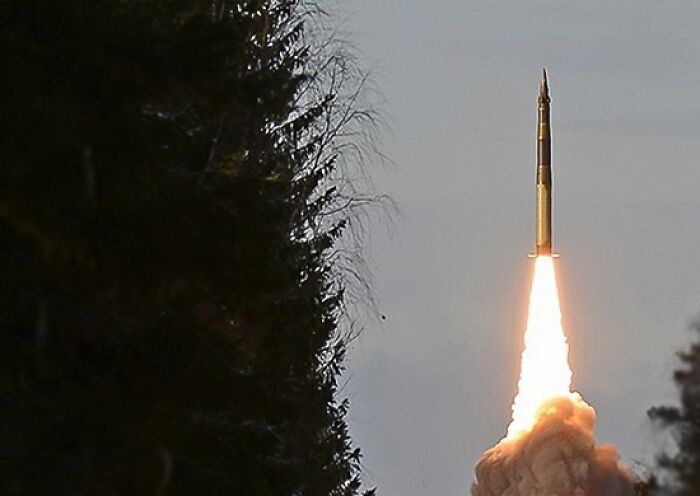
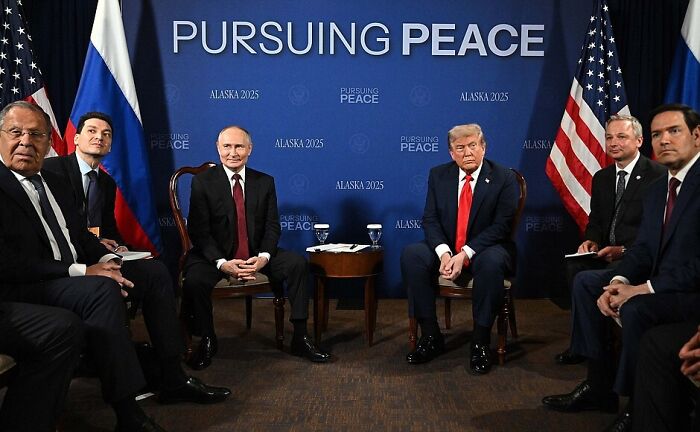
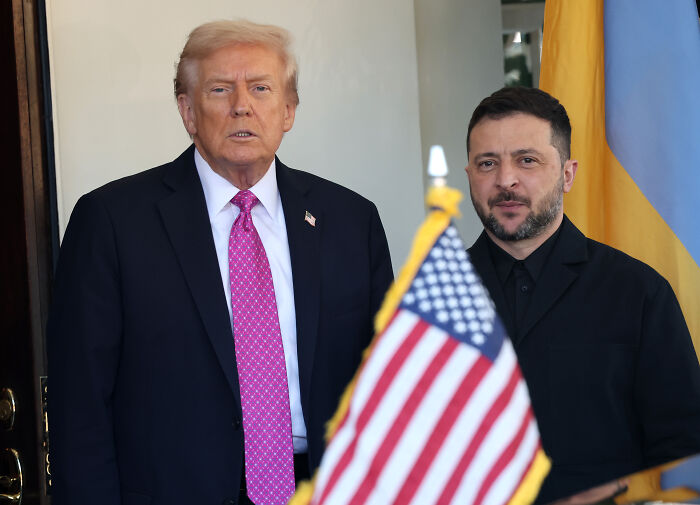
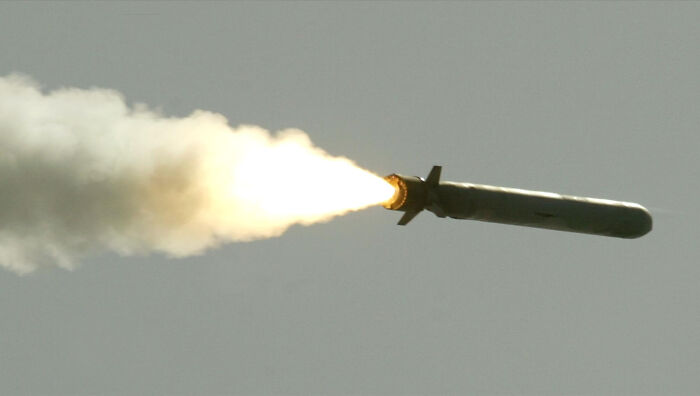
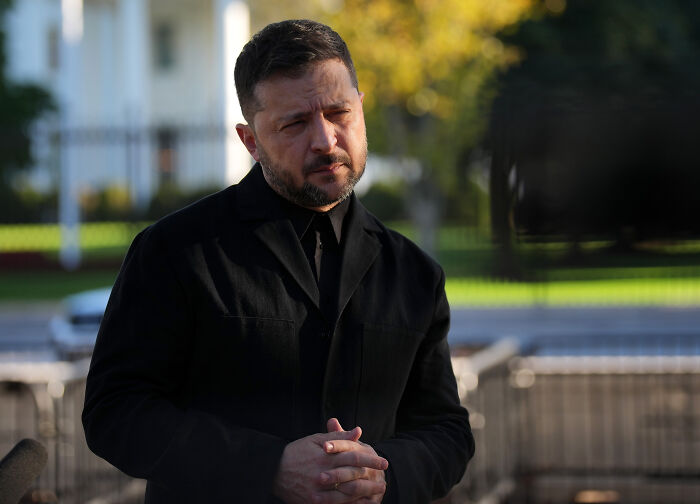
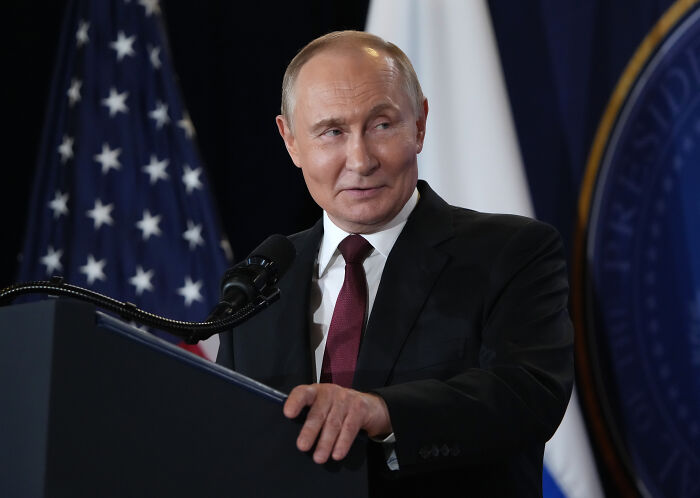
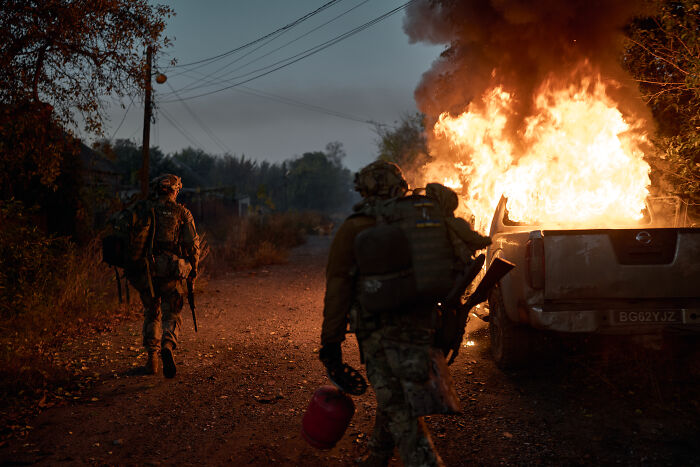
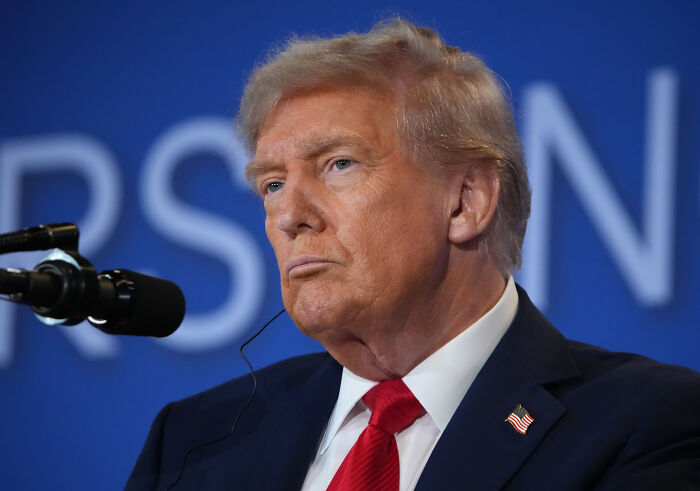



16
1